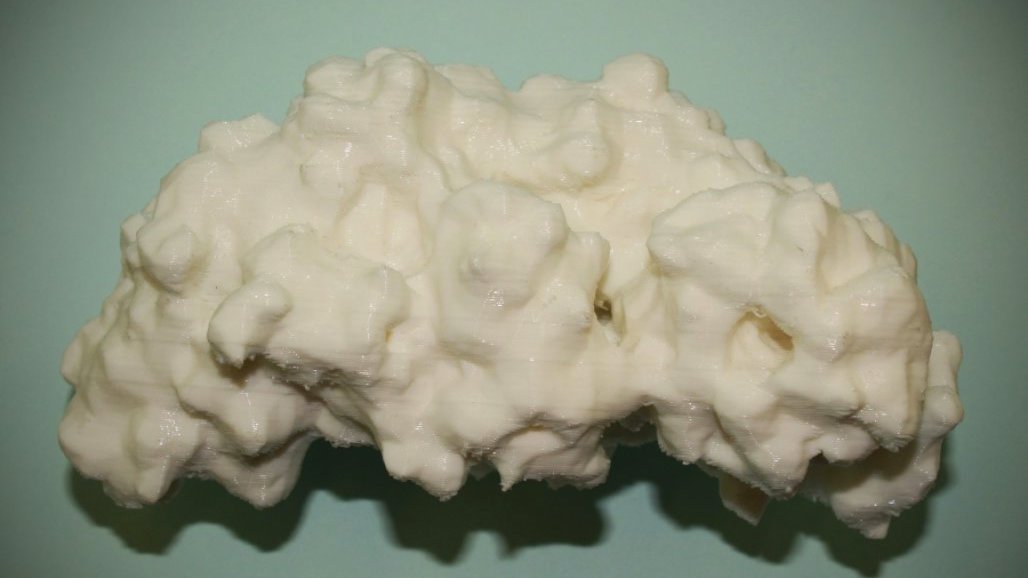We're a step closer to powering rockets with bacteria
Hydrazine synthase protein uncovered

Bacteria that live without oxygen and naturally create rocket fuel ingredients caused quite a stir when they were first discovered in the 1990s, but it's taking decades to work out exactly how the microbes, known as anammox, do it.
Now, biologists at Radboud University Nijmgen in the Netherlands reckon they've cracked another piece of the puzzle. They've spotted the specific protein in the bacteria that synthesizes a chemical called hydrazine, which is a key ingredient in many rocket fuels.
Hydrazine is very toxic, and it's pretty remarkable that any living creature can use it in its metabolism. Anammox does, though, thanks to a protein now named 'hydrazine synthase'. The biologists that found it have described the discovery in a paper in Nature magazine.
Smart Environmental Solutions
Tracking it down wasn't simple. "This protein is really tricky to work with," said Boran Kartal, who worked on the finding. "It took us about two years to optimize the purification protocol and furthermore, the hydrazine synthesis reaction occurs very slowly."
Bad news for rocket scientists, though. The way the bacteria make hydrazine is quite a lot slower than our existing industrial process, developed in 1906. But it could be used in wastewater treatment.
"Environmental engineers like me need to know exactly how our bacteria work," said Kartal. "Microorganisms are the materials I use to build smart environmental solutions."
Get daily insight, inspiration and deals in your inbox
Sign up for breaking news, reviews, opinion, top tech deals, and more.
